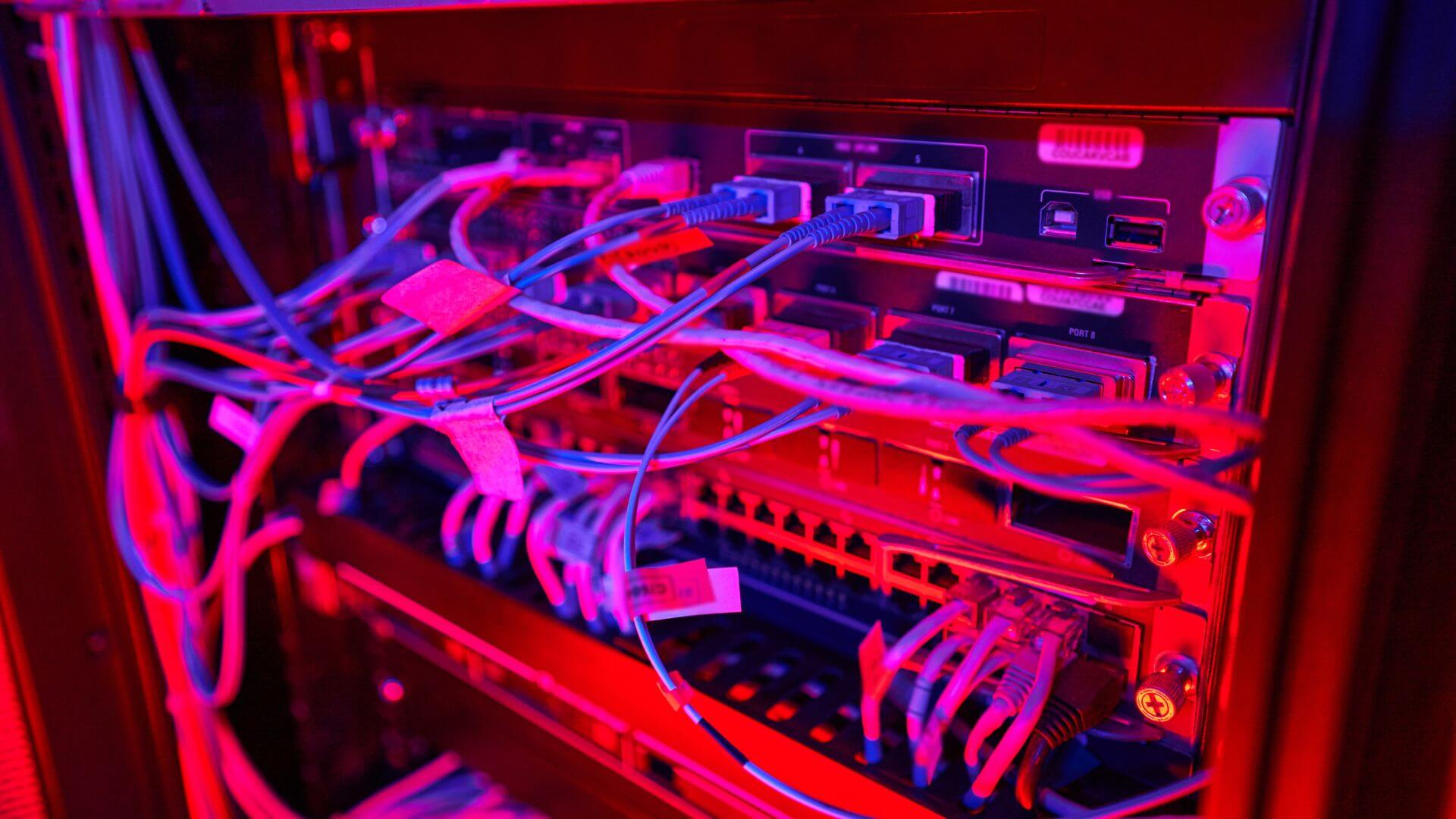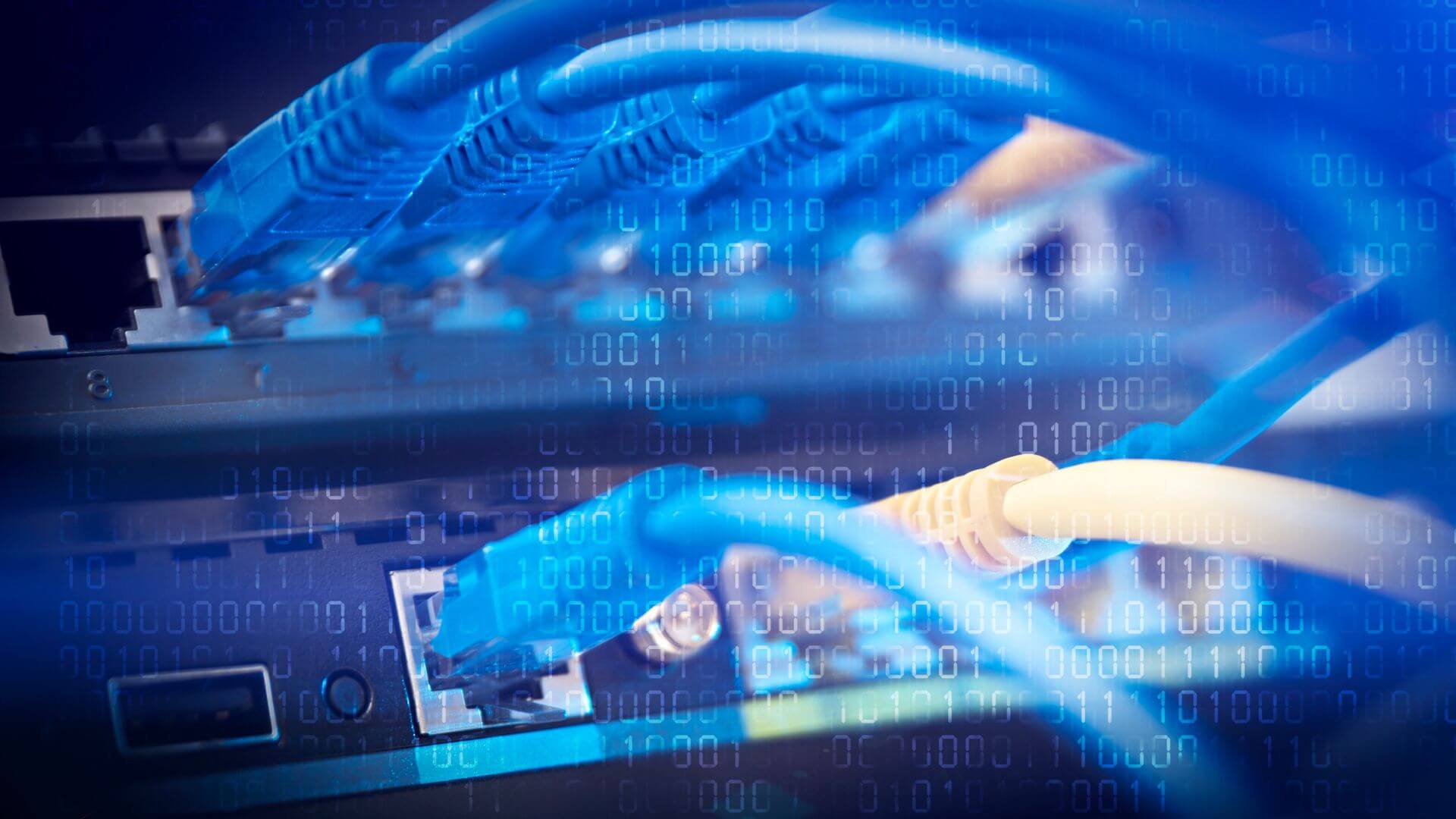Understanding Patch Cords: A Comprehensive Guide
Contents
What is a Patch Cord?
A patch cord, also known as a patch cable, is a short, flexible cable used to establish connections between various electronic devices. These cables typically have connectors at both ends, facilitating quick and easy interconnection within a network. They come in diverse types, lengths, and connector configurations to suit specific networking needs.
Types of Patch Cords
Patch cords are available in various types, each designed for specific applications and connection types. They include:
- Ethernet Patch Cords: Utilized in networking for local area connections, these cords often use RJ45 connectors.
- Fiber Optic Patch Cords: Employed in high-speed data transmission using fiber optic technology, they have connectors like LC, SC, or ST.
- Coaxial Patch Cords: Used in transmitting radio frequency signals, often found in audio/visual setups.
Uses and Applications

Patch cords are indispensable in networking environments and find applications in:
- LAN Connections: Enabling seamless connectivity between computers, switches, routers, and other devices within local networks.
- Data Centers: Critical for establishing quick, reliable connections between servers, switches, and storage devices.
- Telecommunications: Used in phone systems and broadband connections.
- Audio/Visual Setups: Connecting audio and video equipment for optimal performance.
Patch Cable vs. Ethernet Cable
Though often used interchangeably, there are nuances between patch cables and Ethernet cables. While patch cables refer to shorter cables used for immediate connections, Ethernet cables encompass a broader range, including patch cables, bulk cables, and those for longer distances.
Choosing the Right Patch Cord
Selecting the ideal patch cord involves considering factors such as:
- Cable Type: Whether it’s Ethernet, fiber optic, or coaxial, based on the network requirements.
- Connector Types: RJ45 for Ethernet, LC, SC, or ST for fiber optics.
- Length and Flexibility: Choosing the appropriate length and flexibility to suit the intended connections.
When to Use a Patch Cable?

Patch cords are essential in various scenarios:
- Temporary Connections: Ideal for ad-hoc connections during troubleshooting or system setup.
- Structured Cabling: Vital in structured cabling environments, enabling organized and efficient network setups.
- Replacing Faulty Cables: Quick replacements for malfunctioning cables within networks.
Trusted Distributor: LKHPD in Singapore

LKHPD is a renowned distributor in Singapore known for its reliability and providing a range of networking essentials. They offer patch cords and networking equipment, ensuring customers have access to quality solutions for their networking needs. With a reputation for reliability and excellent service, LKHPD is a trusted source for networking solutions in Singapore.
Conclusion
Patch cords form the backbone of modern networking, enabling seamless connectivity and efficient data transmission across various devices. Understanding their types, applications, and proper usage is crucial in optimizing network performance and reliability.
